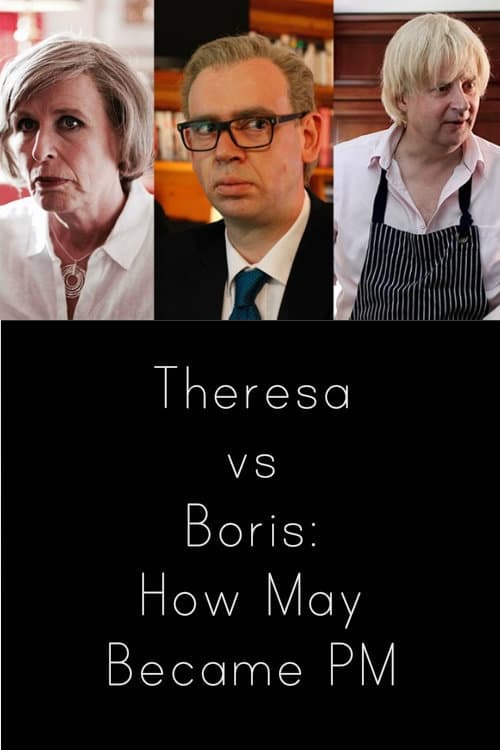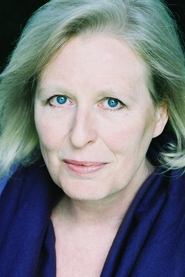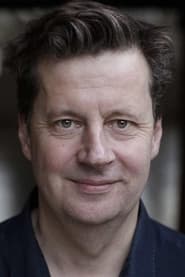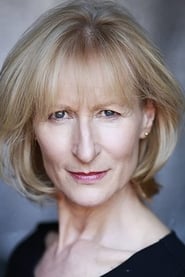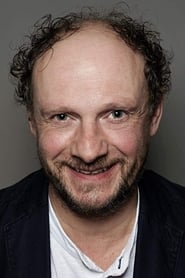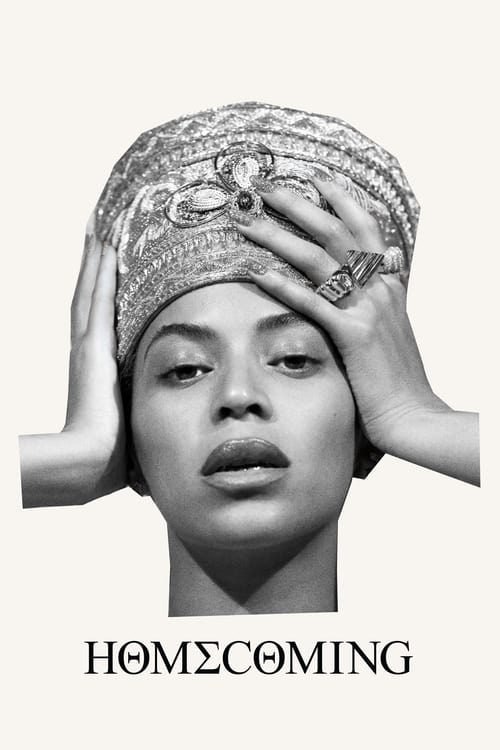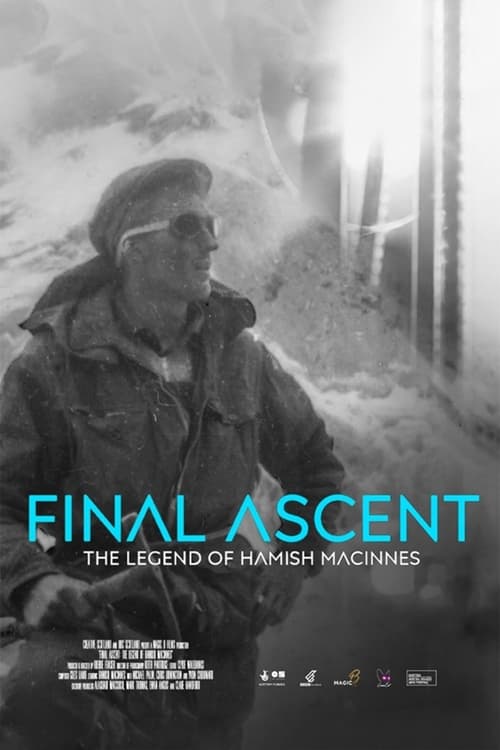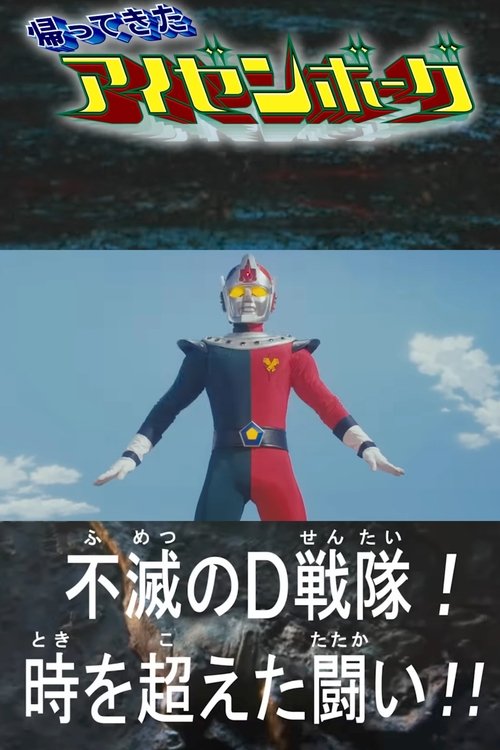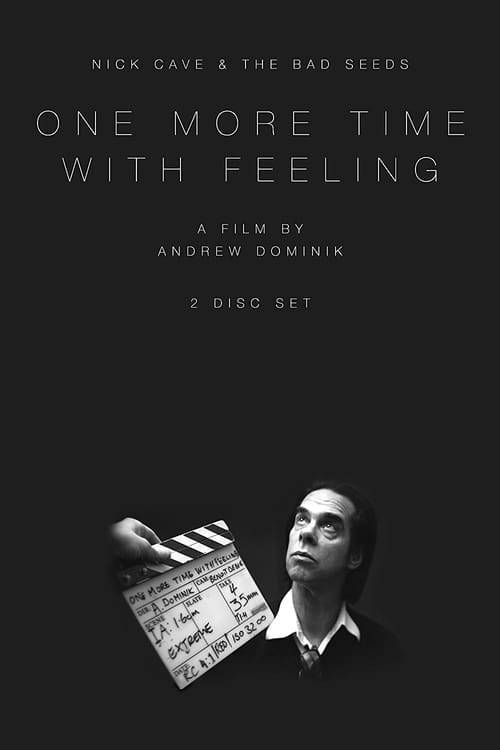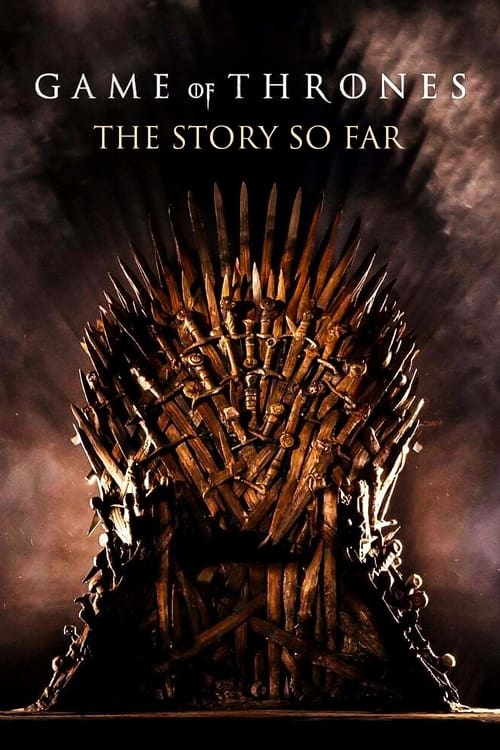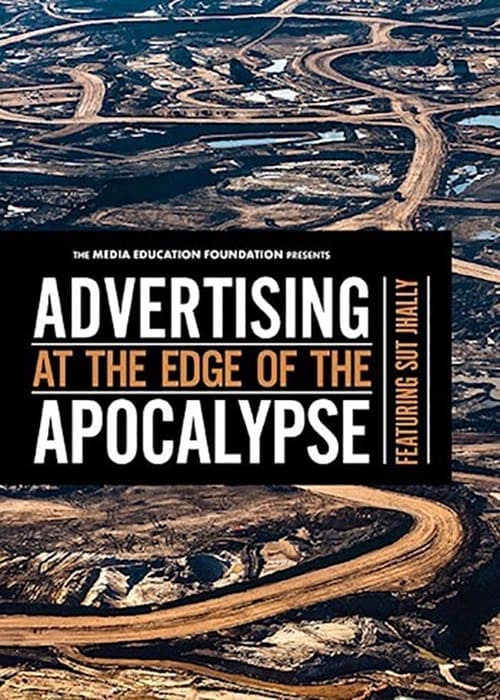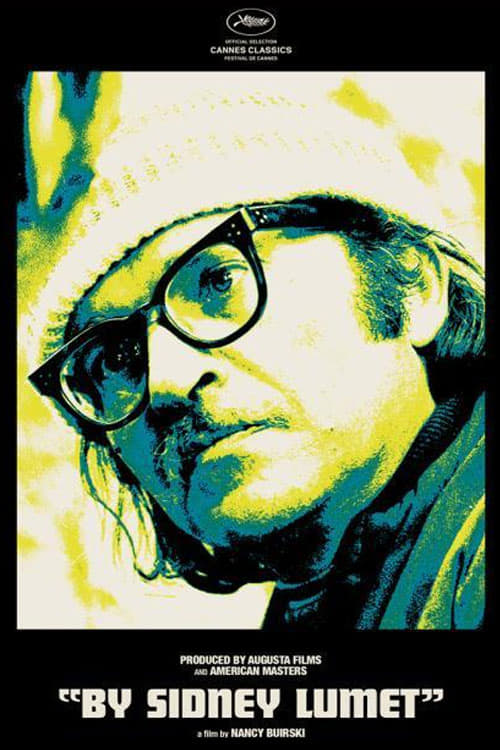
Ask Your Own Question
What is the plot?
On June 24, 2016, the United Kingdom wakes to seismic political upheaval. The morning after the Brexit referendum, the nation reels from the shock decision to leave the European Union. David Cameron, the sitting Prime Minister and leader of the Conservative Party, announces his resignation, declaring, "I do not think I am the right person to lead this country forward"--a statement that instantly triggers a fierce contest for the party leadership and the premiership.
Into this charged atmosphere steps Theresa May, the Home Secretary, a figure largely underestimated by many as a potential leader. She quietly begins preparing her bid for the leadership, her demeanor calm but resolute. At the same time, Boris Johnson, the charismatic former Mayor of London and a leading Leave campaigner, emerges as the early favorite, buoyed by his popularity among party members and the public. He hosts a lively curry night, a gathering suffused with camaraderie and political optimism, where supporters rally behind his campaign with laughter and raised glasses.
Michael Gove, the Environment Secretary and a close ally of Johnson during the Leave campaign, watches these developments with a complex mix of loyalty and ambition. His gaze lingers on Johnson with a subtle tension, hinting at the fissures soon to fracture their alliance. Meanwhile, Andrea Leadsom, the Energy Minister, also throws her hat into the ring, positioning herself as a fresh alternative amid the chaos.
The film moves fluidly between key locations: the Conservative Party headquarters buzzing with strategists and aides, the various hustings venues where candidates deliver speeches and face tough questions, and the intimate cabinet rooms where whispered deals and betrayals unfold. These spaces are charged with the electric tension of power struggles and shifting loyalties.
As the leadership race intensifies, Theresa May methodically canvasses support, her speeches measured and focused on stability amid uncertainty. She appeals to party members with a message of steady leadership, contrasting herself with the more flamboyant Johnson. The hustings reveal the raw nerves of the campaign, with May's calm presence steadily winning over skeptics.
Then comes the pivotal twist that reshapes the contest. Just hours before the nomination deadline, Michael Gove shocks the party and the nation by announcing his own candidacy. In a stark and calculated move, he declares that Boris Johnson "cannot provide the leadership or build the team for the task ahead." This betrayal is a seismic blow to Johnson, who had expected Gove's full support. The atmosphere turns electric with disbelief and betrayal; Johnson's closest allies feel the sting of a "systematic and calculated plot" to undermine their candidate.
The film captures this moment with vivid intensity: Johnson, stunned and betrayed, withdraws from the race, his dreams of premiership collapsing in real time. His father, Stanley Johnson, poignantly quotes Shakespeare's "Et tu, Brute?" underscoring the depth of the treachery. The political assassination of Johnson's campaign is portrayed as one of the most spectacular in recent British history.
With Johnson out, the leadership race narrows. Gove, despite his bold move, fails to gain the momentum he expected and soon finds himself trailing in third place. His gamble backfires, and he is eliminated in the second MPs' ballot. Meanwhile, Theresa May quietly consolidates her position, her campaign buoyed by substantial financial backing--£275,000 in donations that dwarf those of her rivals--and strategic endorsements, including from major Conservative donors previously aligned with Cameron.
Andrea Leadsom remains a contender, but her campaign falters under pressure and scrutiny. The tension between her and May culminates in a dramatic confrontation during the hustings, where Leadsom's comments about motherhood and leadership spark controversy and erode her support. The film captures the emotional weight of this moment, highlighting the personal and political stakes.
As the contest reaches its climax, Theresa May emerges as the clear favorite. On July 11, 2016, Andrea Leadsom withdraws, citing the need for party unity, effectively handing the leadership to May. The film portrays May's ascent with scenes of quiet triumph--her composed acceptance speech, the solemn nods of party elders, and the symbolic passing of the torch from Cameron to May.
On July 13, 2016, Theresa May is officially confirmed as the leader of the Conservative Party and sworn in as Prime Minister. The film's final scenes show her stepping into 10 Downing Street, the weight of the premiership settling on her shoulders amid the ongoing Brexit turmoil. Boris Johnson is appointed Foreign Secretary, a role he accepts despite his earlier withdrawal, signaling a complex new chapter in Conservative politics.
Throughout the film, there are no deaths; the drama is political rather than physical. The real casualties are the ambitions and alliances shattered in the ruthless pursuit of power. The betrayals, especially Gove's against Johnson, and the strategic maneuvering by May, form the emotional and narrative core.
The story closes with a reflection on the consequences of this leadership battle: Theresa May's premiership begins under a cloud of Brexit uncertainty, with the political landscape forever altered by the events of those intense 20 days. The film leaves viewers with a vivid sense of the high stakes, the fragile nature of political loyalty, and the relentless drive for power that defines the corridors of Westminster.
This detailed narrative captures every major plot revelation, confrontation, and twist of "Theresa vs Boris: How May Became PM (2017)," delivering a complete and unvarnished spoiler of the political drama that reshaped modern British history.
More Movies Like This
Browse All Movies →
What is the ending?
In the ending of "Theresa vs Boris: How May Became PM," Theresa May emerges as the new Prime Minister after a tumultuous leadership contest, while Boris Johnson's ambitions are thwarted, leading to a sense of disillusionment for him.
As the film draws to a close, the tension in the air is palpable. The final scenes unfold in a series of quick cuts, showcasing the aftermath of the leadership contest. Theresa May stands resolute, her expression a mix of determination and vulnerability as she prepares to address the nation. The camera captures her adjusting her blazer, a symbolic gesture of her readiness to take on the challenges ahead.
In contrast, Boris Johnson is seen in a dimly lit room, his face shadowed, reflecting his disappointment. He paces back and forth, his internal conflict evident as he grapples with the reality of his political defeat. The weight of his aspirations hangs heavily on him, and the audience can sense his frustration and anger at the situation.
The film culminates in a powerful scene where Theresa May delivers her first speech as Prime Minister. The setting is grand, with the iconic backdrop of 10 Downing Street. As she speaks, her voice is steady, yet there is an underlying tremor that reveals her awareness of the immense responsibility she now bears. She addresses the nation with a message of unity and resilience, emphasizing her commitment to lead the country through uncertain times.
Meanwhile, Boris watches from a distance, his expression a mixture of admiration and resentment. The camera lingers on his face, capturing the moment of realization that his time in the spotlight has dimmed. The film closes with a shot of Theresa standing alone on the steps of Downing Street, a symbol of her newfound power, while Boris retreats into the shadows, leaving the audience to ponder the complexities of ambition and leadership.
In this ending, Theresa May's journey to becoming Prime Minister is marked by both triumph and the heavy burden of expectation, while Boris Johnson's character arc reflects the harsh realities of political rivalry and the personal cost of ambition.
As the final act of "Theresa vs Boris: How May Became PM" unfolds, the atmosphere is charged with anticipation. The scene opens in a bustling political office, where aides and advisors are gathered around a large table, their faces a mix of anxiety and excitement. The camera pans to Theresa May, who is seated at the head of the table, her brow furrowed in concentration. She is preparing for the announcement that will change the course of her career.
The scene shifts to Boris Johnson, who is pacing in a separate room, his hands running through his tousled hair. The tension is palpable as he rehearses his own speech, but there is a flicker of doubt in his eyes. He knows that the stakes are high, and the weight of his ambitions feels heavier than ever. The audience can sense his internal struggle, torn between his desire for power and the reality of his situation.
As the announcement draws near, the film cuts back to Theresa, who is now standing in front of a large window, looking out at the iconic London skyline. The sun is setting, casting a warm glow over the city, but her expression is serious. She reflects on the challenges that lie ahead, her mind racing with thoughts of Brexit, economic uncertainty, and the need to unite a divided party. The camera captures the determination in her eyes, revealing her resolve to rise to the occasion.
The moment of truth arrives as Theresa steps onto the podium outside 10 Downing Street. The crowd is gathered, and the media is poised with cameras ready to capture her every word. She takes a deep breath, her heart pounding, and begins her speech. Her voice is steady, yet there is an emotional undertone as she speaks of her commitment to the country and her vision for the future. The camera zooms in on her face, capturing the sincerity in her expression as she emphasizes the importance of unity and strength in leadership.
In stark contrast, the film cuts to Boris, who is watching the speech from a distance. His face is a mixture of admiration and bitterness, and the audience can see the realization dawning on him that his moment has passed. The camera lingers on his expression, highlighting the internal conflict he faces as he grapples with the loss of his political aspirations.
As Theresa concludes her speech, the crowd erupts in applause, and she stands tall, a symbol of resilience and determination. The camera captures her moment of triumph, but it also lingers on the shadows behind her, where Boris stands, isolated and defeated. The film closes with a poignant shot of Theresa on the steps of Downing Street, her silhouette framed against the setting sun, while Boris retreats into the background, a figure of ambition unfulfilled.
In this final sequence, the film encapsulates the essence of political rivalry, the complexities of leadership, and the personal sacrifices that come with the pursuit of power. Theresa May's ascent to Prime Minister is marked by both triumph and the heavy burden of expectation, while Boris Johnson's journey reflects the harsh realities of ambition and the cost of political defeat. The audience is left to ponder the intricate dance of power, ambition, and the human spirit in the world of politics.
Is there a post-credit scene?
In "Theresa vs Boris: How May Became PM," there is no post-credit scene. The film concludes with a powerful final moment that encapsulates the political tensions and personal stakes involved in Theresa May's rise to Prime Minister. The narrative wraps up with a poignant reflection on the challenges she faces, leaving the audience with a sense of the ongoing political drama rather than a light-hearted or additional scene. The focus remains on the intense political landscape and the characters' motivations, emphasizing the weight of leadership and the complexities of ambition in the world of British politics.
What motivates Theresa May to pursue the Prime Minister position in the film?
Theresa May is driven by a deep sense of duty and a desire to stabilize the country following the tumultuous Brexit referendum. Her internal conflict is palpable as she grapples with the weight of leadership and the expectations placed upon her, showcasing her determination to prove herself in a male-dominated political landscape.
How does Boris Johnson's character evolve throughout the film?
Boris Johnson is portrayed as charismatic yet opportunistic, initially appearing confident and playful. However, as the political landscape shifts, his motivations reveal a more complex character, torn between ambition and the consequences of his actions, leading to moments of vulnerability that challenge his bravado.
What key events lead to the rivalry between Theresa May and Boris Johnson?
The rivalry intensifies after the Brexit vote, where both characters see an opportunity to lead the Conservative Party. Key events include public debates, strategic maneuvering within the party, and personal betrayals that heighten the stakes, showcasing their contrasting approaches to leadership and governance.
How does the film depict the relationship between Theresa May and her advisors?
The film illustrates a dynamic relationship where Theresa relies heavily on her advisors for support and guidance. Tension arises as differing opinions clash, particularly when her advisors push for more aggressive strategies, reflecting her struggle to balance her own instincts with external pressures.
What role does the media play in shaping the narrative of Theresa May's campaign?
The media is depicted as a double-edged sword, amplifying both support and criticism of Theresa May. Key scenes show her navigating press conferences and interviews, where the scrutiny of her decisions and public image creates a palpable sense of anxiety, influencing her strategies and emotional state throughout the campaign.
Is this family friendly?
"Theresa vs Boris: How May Became PM" is a political drama that delves into the intense and often contentious world of British politics during a pivotal time. While the film primarily focuses on political maneuvering and character dynamics, there are several aspects that may be considered objectionable or upsetting for children or sensitive viewers.
-
Political Tension: The film portrays heated debates and confrontations between political figures, which may be intense and stressful for younger audiences.
-
Personal Struggles: Characters experience personal and professional challenges, including betrayal and ambition, which can evoke feelings of anxiety or discomfort.
-
Emotional Conflict: There are scenes that depict emotional turmoil, such as disappointment, frustration, and the pressure of public scrutiny, which may resonate deeply with sensitive viewers.
-
Real-World Implications: The film touches on themes of power, ambition, and the consequences of political decisions, which may be complex and difficult for younger viewers to fully grasp.
-
Mild Language: There may be instances of strong language or politically charged rhetoric that could be inappropriate for children.
Overall, while the film is not overtly graphic or violent, its themes and emotional depth may not be suitable for all younger audiences.

